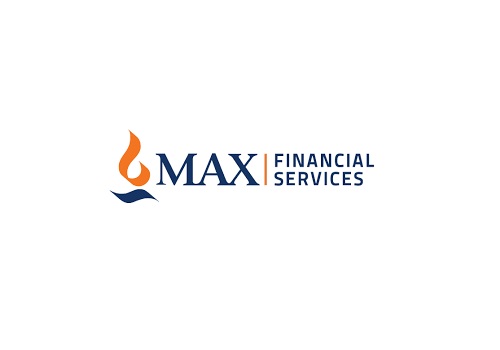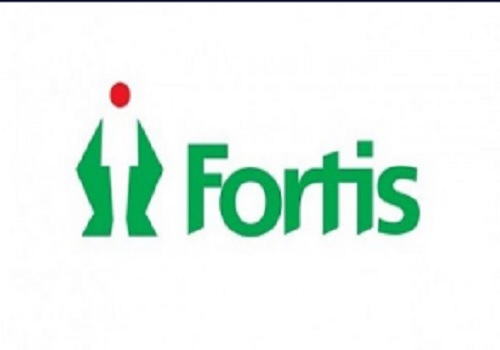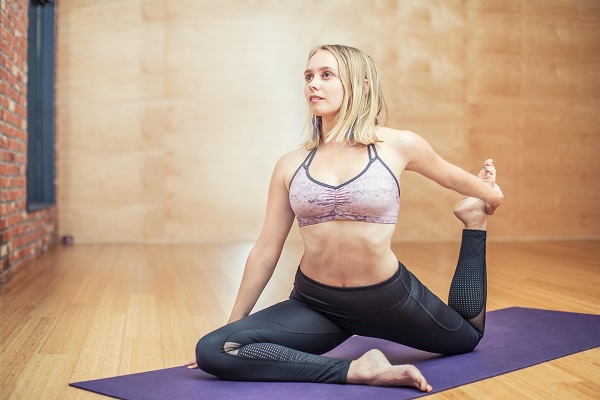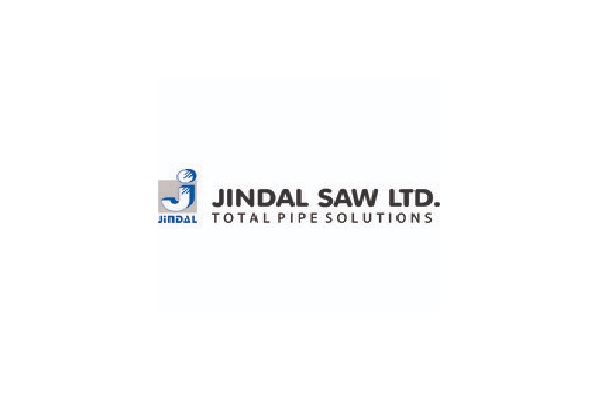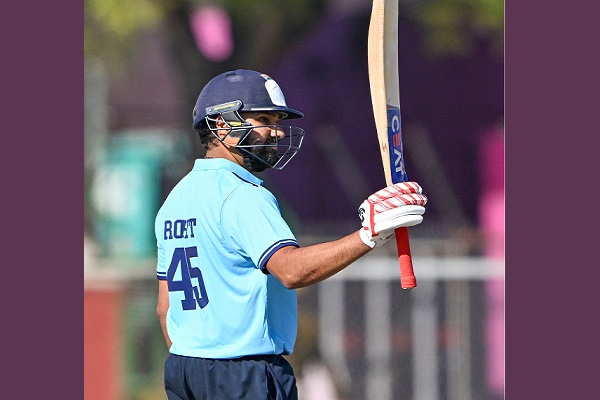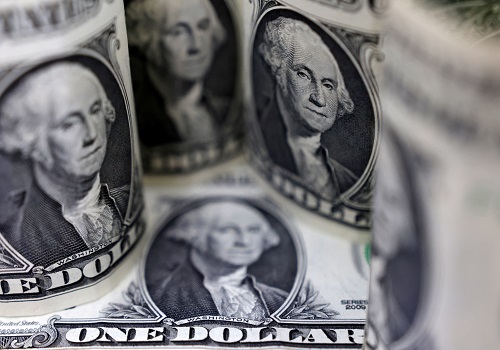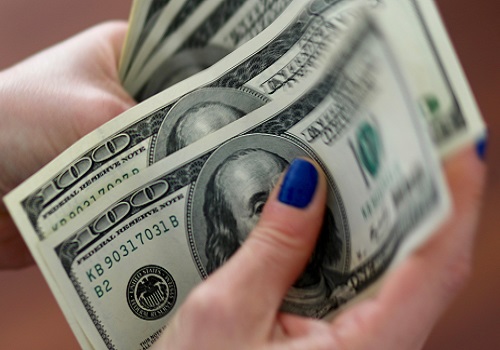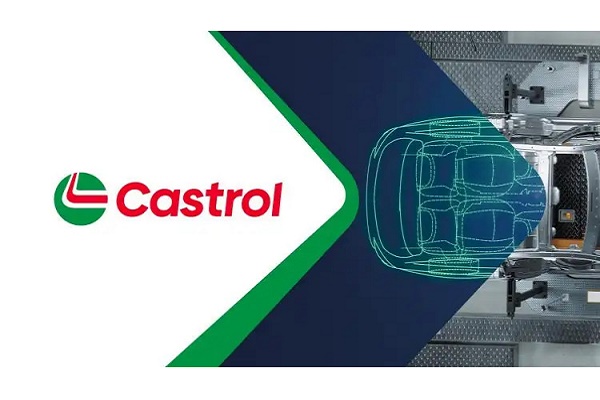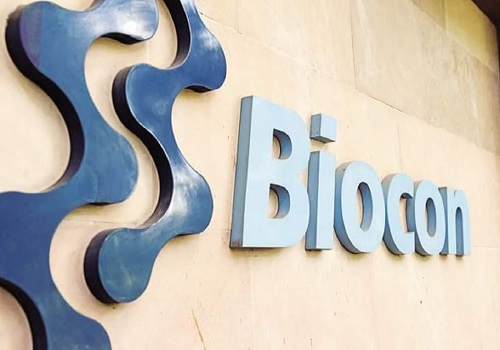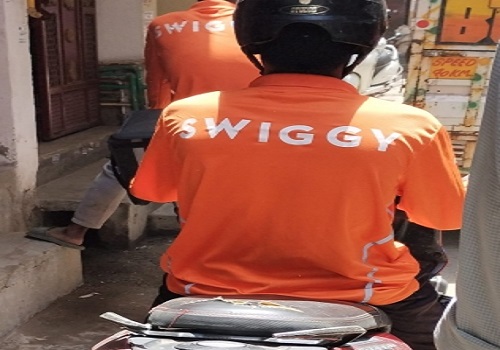New drivers of export growth by Indian Pharma! by HDFC Asset Management Company Limited (HDFC AMC)

India’s healthcare prowess is now well-recognised. With a lion’s share of 48% of all generic drugs sold in the US, Indian generics are a key contributor in the US saving 1.6% of its GDP via use of generics and biosimilars. A growing global market has helped Indian exports of pharmaceutical formulations and biologicals grow at 8% CAGR in USD terms. The outlook for exports growth is enhanced by the current shortage of drugs in the US, expiring patents with large markets, and the potential growth in the biosimilars and contract development and manufacturing space. Growing strengths in manufacturing and research have solidified India’s position in the global market
We would like to highlight that between FY2015 and FY2022, the exports of Indian Formulations and Biologicals Exports have grown at ~8% Compounded Annual Growth Rate (CAGR) versus 5-6% CAGR of global pharma market. The generic drugs contain the exact same active ingredients as their branded counterparts. Hence, they do not require much testing, reducing their cost. While biosimilars require more testing than generic drugs, they are made from living sources, leading them to cost less than their branded counterparts. The data from the US in generics has been trending positive. Active drugs that are facing shortages continue to increase, and that has historically led to an improved pricing environment. While the past few years have seen continuous price erosion, data from the recent months shows a sharp abatement in the same.
At a global level, the growth of generics is pegged at 5.5%, but Indian exports could grow at a higher pace. A key driver could be India’s focus on specialty generics, which are complex formulations such as drug-device combinations, injectables that are difficult to manufacture. Furthermore, they require significant time, and research and development cost to develop. India’s rising prowess in manufacturing the same implies its importance at a global level. The USD 88 billion size of specialty generics is projected to grow at 12% between 2019 and 2025, which is 2x the growth rate of generics. Biosimilars are another space in the cost-savings space that could help Indian export growth. Biologics adoption in global pharma is progressing rapidly as such drugs address unmet needs (e.g., oncology) and are less toxic. India is also making rapid strides in the biosimilars space, with various Indian companies investing to develop biosimilars, which are generic equivalents of biologic drugs. Biologics are medications developed from blood, proteins, viruses, or living organisms while traditional drugs are developed from chemicals as key starting materials.
India has the second highest share of USFDA approved facilities, after the USA. Navigating USFDA’s approval process is challenging, and India has the highest share of ANDA approvals as well. Large pool of Pharma R&D personnel (scientists, graduates) and consistent R&D spend of 5-9% of revenue spend to develop capabilities has resulted in above. While favorable labor cost structure is a key enabling factor, India’s efforts on developing capabilities such the INR 21,000 crore PLI schemes are an added boost. ANDA is acronym for abbreviated new drug application, a technical term for generic drug filings in the US CDMO benefitting from strengths in research processes. Drug lifecycle entails a long process of discovery and development stages, followed by manufacturing. Failure probabilities in various lifecycle stages are high. India has been able to leverage its’ strengths by taking on work from the global Big Pharma, who outsource (in part or full) drug lifecycle stages to CDMOs. With this, India is now playing a pivotal role in driving global innovation through the CDMO route.
India’s Pharma and Healthcare space can be considered as an interesting investment opportunity. An increase in domestic spends in healthcare have also supported the growth of the Indian Pharma and Healthcare Segment. The earnings outlook of the Pharma and Healthcare Segment remains robust, given strong domestic growth coupled with improved global generics pricing environment. The S&P BSE Healthcare Index is trading at ~27x 1-year forward Price to Earnings Ratio (PER), implying a 14% premium to its 10-year historical average PER of ~23x. While the index is trading at a premium relative to its own history, valuations remain reasonable compared to S&P BSE Sensex.
Above views are of the author and not of the website kindly read disclaimer
